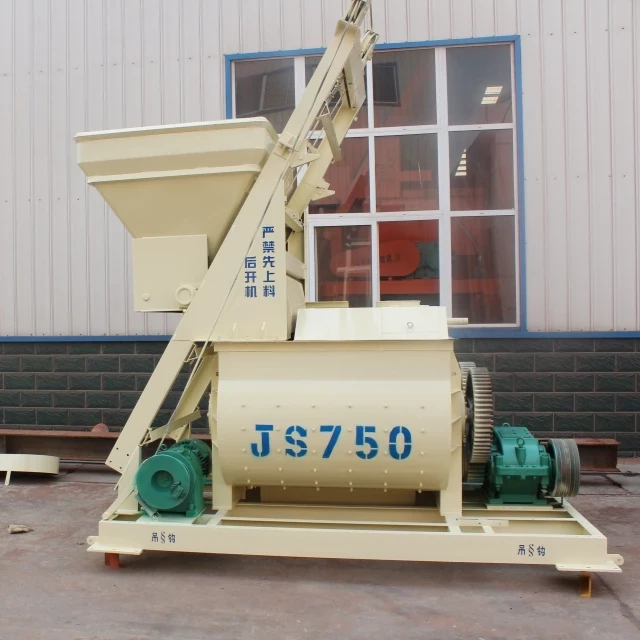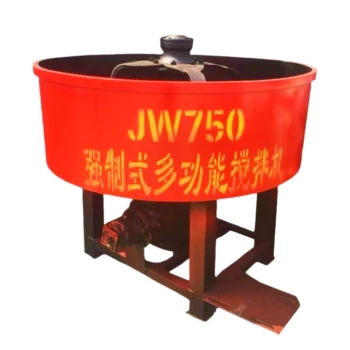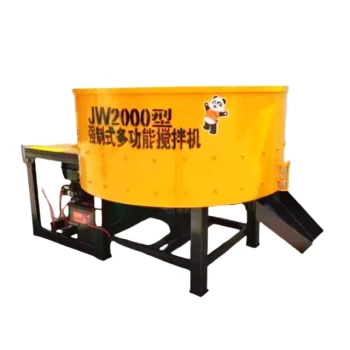Introduction
Every concrete plant manager knows the frustration of underutilized trucks or missed deliveries due to insufficient fleet capacity. This guide provides a systematic methodology to determine your optimal mixer truck fleet size while accounting for real-world variables like project timelines, batch plant output, and transportation routes. You'll learn how industry leaders balance cost-efficiency with reliability using dynamic scheduling and redundancy planning—tools that directly impact your profitability and client satisfaction.
Determining Optimal Mixer Truck Fleet for Concrete Plants
Core Calculation Variables and Their Interrelationships
Concrete logistics revolve around three interdependent factors:
-
Plant Production Capacity
- Maximum hourly output (m³/hr)
- Batching cycle times
- Downtime for cleaning/maintenance
-
Transportation Parameters
- Round-trip duration (loading + transit + unloading + return)
- Distance to job sites
- Traffic patterns (peak vs. off-peak hours)
-
Project Requirements
- Daily volume demands
- Pour schedules (continuous vs. intermittent)
- Weather-related delays
Example: A plant producing 120 m³/hr with 45-minute round trips needs at least 9 trucks to maintain continuous flow (120 ÷ (60/45) ≈ 9).
Ever wondered why some fleets run at 85% utilization while others struggle at 60%? The difference lies in how they account for variable #3—project volatility.
Step-by-Step Fleet Sizing Formula Development
Use this proven calculation framework:
-
Base Fleet (BF) = (Hourly Production Rate × Round-Trip Time) ÷ 60
Example: (100 m³/hr × 50 mins) ÷ 60 = 8.3 → 9 trucks -
Adjust for Efficiency Losses
- Add 15-20% buffer for maintenance/repairs
- Add 10-30% for demand spikes (seasonal projects)
-
Validate Against Historical Data
Compare with past projects of similar scale. Did you frequently subcontract trucks? That signals undercapacity.
Pro Tip: Garlway’s fleet management systems automate these calculations by integrating real-time GPS and plant production data.
Industry Benchmark Validation Through Case Studies
Highway Construction Project (2022)
- Challenge: Deliver 2,500 m³/day across 12 sites
-
Solution:
- Base fleet: 22 trucks
- Added 4 redundancy units for breakdowns
- Dynamic routing cut idle time by 18%
- Result: 97% on-time delivery rate
Urban High-Rise Project (2023)
- Challenge: Narrow delivery windows (5 AM–10 AM)
-
Solution:
- 30% larger fleet for concentrated pours
- Pre-dawn batch plant startups
- Result: Zero delays from truck shortages
Advanced Fleet Optimization Strategies
Dynamic Scheduling Based on Real-Time Conditions
Modern fleets use:
- Telematics to track truck locations and traffic
- Demand Forecasting to pre-position trucks
- Priority Routing for time-sensitive pours
Visualize this: Like air traffic control, but for concrete—every mixer’s position and status is monitored to prevent bottlenecks.
Maintenance Buffer and Fleet Redundancy Planning
-
Preventive Maintenance Slots
- Rotate 10-15% of fleet weekly
- Use downtime for brake/engine checks
-
Redundancy Rules
- Keep 1 backup per 10 trucks
- Partner with local rental providers for surge needs
Did you know? Fleets with scheduled maintenance have 40% fewer emergency repairs (Concrete Logistics Institute, 2023).
Conclusion and Actionable Steps
- Start with the Base Fleet Formula—adjust for your plant’s output and trip times.
- Build in Buffers—20% for maintenance, 15-30% for demand spikes.
- Adopt Smart Scheduling Tools—like Garlway’s winch-assisted mixers that reduce unloading time.
Optimizing your fleet isn’t just about numbers—it’s about delivering concrete reliably while maximizing asset utilization. Implement these strategies to turn your logistics into a competitive advantage.
Related Products
- JW1000 Mobile Cement Mixer Concrete Mixer Truck and Batching Plant
- JDC350 Small Cement Concrete Mortar Mixer
- Construction Products Concrete Plant Machine Mixing Concrete Mixer
- HZS90 Large Multiquip Concrete Mixers for Construction
- Auto Concrete Cement Mixer Machine New
Related Articles
- Optimizing Infrastructure Efficiency: How to Choose Between Concrete and Stabilized Soil Mixing Plants
- How to Choose Between Concrete and Stabilized Soil Mixing Plants for Optimal Project Performance
- How Small Cement Mixers Solve Big Construction Challenges
- How Small Cement Mixers Deliver Cost-Efficiency, Health Safety, and Versatility
- How to Prevent Equipment Failure in Concrete Mixing Stations: A Safety Inspector’s Guide




















